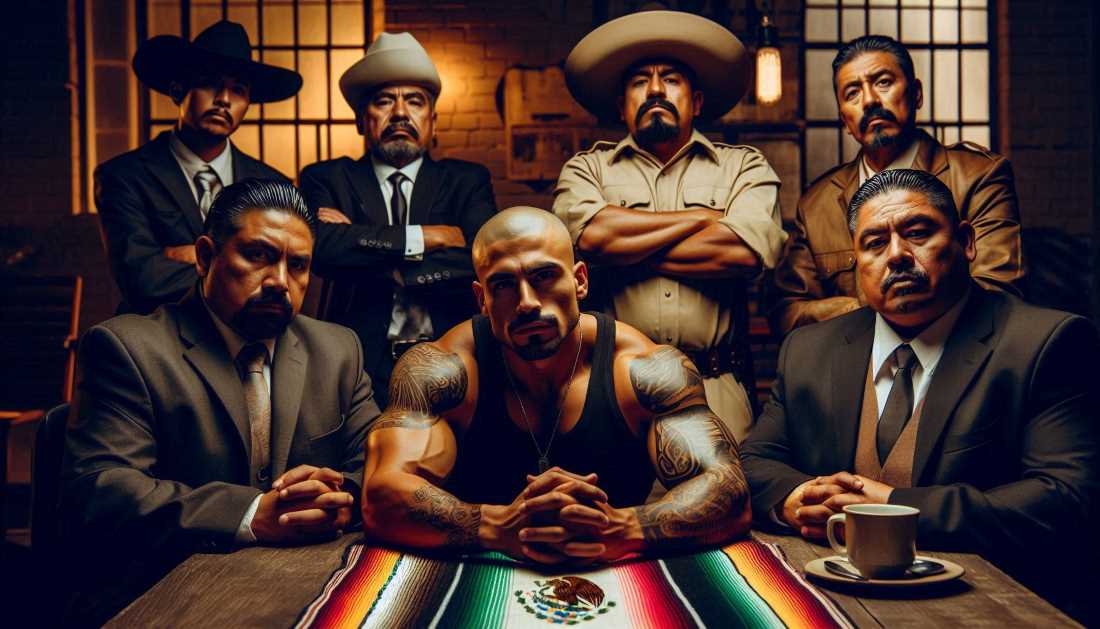The Blood-Soaked History of Mexican Drug Trafficking
Mexico’s drug trafficking history is a tale of powerful cartels, ruthless violence, and widespread corruption. From the rise of the Guadalajara Cartel to the dominance of the Sinaloa Cartel, the drug trade has had a devastating impact on the country.

Drug trafficking in Mexico is more than a criminal enterprise; it's a complex socio-political phenomenon woven into the fabric of the nation. From its murky beginnings to the violent cartel wars that have shaped the landscape, the drug trade has left a permanent scar on Mexico's history. The term "Blood-Soaked" perfectly encapsulates the dark legacy that has not only affected Mexico but also reverberated across borders, influencing global drug policies, economies, and lives.
This narrative isn’t just about the rise and fall of notorious cartels or the sordid tales of their charismatic, often brutal leaders. It’s about understanding the complex politics, corruption, poverty, and a society caught in the crossfire. This article delves into the depths of Mexico's drug trade—a journey through shadowy alleys, glittering mansions, and blood-stained landscapes, all ruled by a brutal yet surprisingly sophisticated underground economy.




